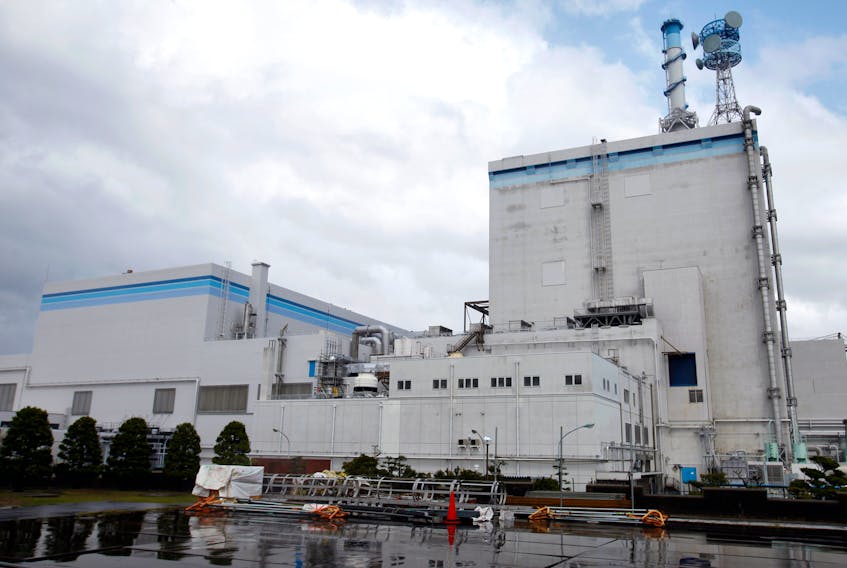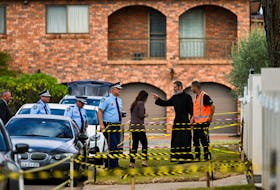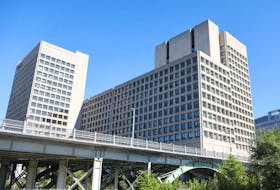By Aaron Sheldrick
TOKYO (Reuters) - Tokyo Electric Power <9501.T> said on Wednesday it plans to decommission its Fukushima Daini nuclear station, located a few miles south of the bigger Fukushima Daiichi plant where three reactors melted down after an earthquake and tsunami in 2011.
Scrapping the reactors could mean Japanese nuclear operators would decommission 21 units, or nearly 40% of their pre-disaster fleet, saddling them will billions of dollars of costs to dismantle and decontaminate the facilities.
Before the March 2011 tsunami, nuclear power served about 30% of Japan's electricity requirements. The nuclear station shutdown forced Japan to use record quantities of imported thermal coal and liquefied natural gas to replace the lost generation capacity.
The company, also known as Tepco, said it would forward a proposal to its board on decommissioning the Daini station.
A company spokeswoman declined to provide further details or specify when the meeting would be held.
Tepco President Tomoaki Kobayakawa has plans to visit Fukushima on Wednesday and update prefecture and municipal officials on Daini station, the company said earlier in the day.
The company had said in June last year it was considering decommissioning the reactors at the Daini station.
A Reuters analysis late last year showed it was unlikely that Daini would ever restart.
Japan has eight reactors operating and many are still going through a relicencing process under new safety standards imposed after the disaster highlighted regulatory and operational failings.
Three reactors at Fukushima Daiichi, which had six reactors and is located about 12 kilometers (7 miles) north of Fukushima Daini, suffered meltdowns after the giant March 2011 earthquake and tsunami shut down the plant's cooling systems.
The 2011 disaster forced 160,000 people to evacuate areas near the Fukushima plant and many of them have not returned to the most contaminated areas.
Japan's government estimated in 2016 that the total cost of dismantling Fukushima Daiichi, decontaminating the affected areas, and paying compensation would amount to about $200 billion.
The Daini station, which has four reactors, also came close to a disaster, but retained enough back-up power to keep cooling going. Successive Fukushima governors had called for it to be scrapped.
Scrapping the Daini station will leave Tepco with just one potentially operational nuclear station, Kashiwazaki-Kariwa, where the company is trying to revive two of the eight reactors under new safety regulations against strong local opposition.
It will also leave Japan with 33 reactors, compared with 54 before the disaster: many operators decided to scrap older units that would cost too much to meet new safety standards imposed after the world's worst nuclear catastrophe since Chernobyl in 1986.
(Reporting by Aaron Sheldrick and Yuka Obayashi; Editing by Kenneth Maxwell and Sherry Jacob-Phillips)









